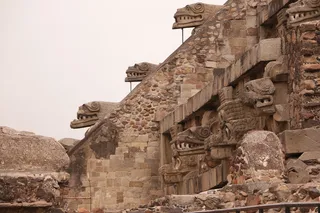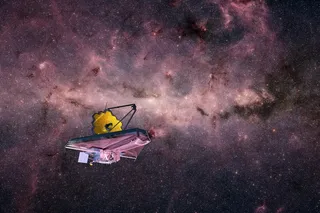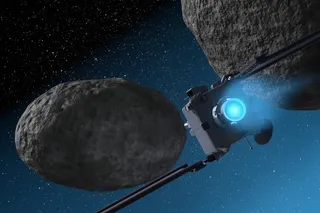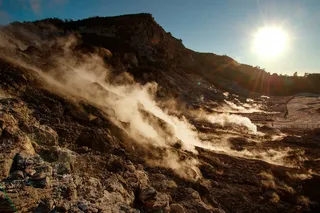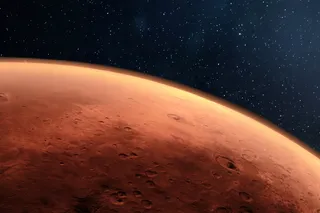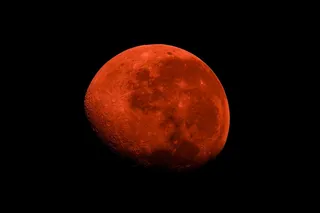We're all waiting for the Planck map of the cosmic microwave background (CMB), which should become the definitive map of the early Universe for the foreseeable future. While we're on tenterhooks, the Planck team has been feeding us tidbits to keep us occupied. The first was a gorgeous map of the dust. Now they've released some images of a stellar daycare. Planck's key science goals have to do with mapping the CMB, which is an image from the far edge of the Universe. All the foreground stuff in between (like our galaxy, and all its dust and stars) is a nuisance, and need to be removed. Most of the Planck team would be just as happy if no stars existed at all. In that case the images of the CMB would be pristine and spectacular, and the whole mission would be a lot easier. Of course, it'd be pretty cold ...
From dust to stars
Discover how the cosmic microwave background is mapped in stunning detail, revealing secrets of our Universe's early moments.
More on Discover
Stay Curious
SubscribeTo The Magazine
Save up to 40% off the cover price when you subscribe to Discover magazine.
Subscribe


